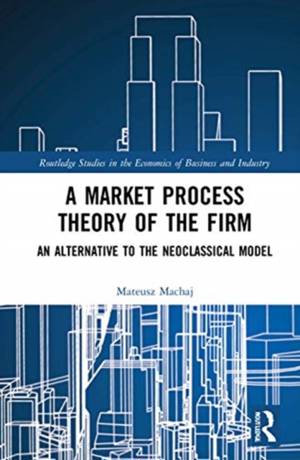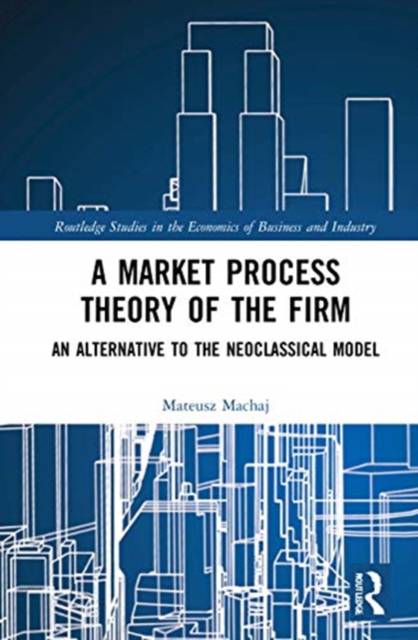
- Afhalen na 1 uur in een winkel met voorraad
- Gratis thuislevering in België vanaf € 30
- Ruim aanbod met 7 miljoen producten
- Afhalen na 1 uur in een winkel met voorraad
- Gratis thuislevering in België vanaf € 30
- Ruim aanbod met 7 miljoen producten
Omschrijving
Neoclassical economics has been criticized from various angles by orthodox schools. The same can be said about its particular branch: the theory of the firm.
This book demonstrates how a successful theory of the firm can be presented without flawed notions of a neoclassical framework and used to comprehend actual business history. The author argues that we should start from the assumption that businesses are inevitably imponderable, as that is their nature, in the process of economic evolution. The book offers an in-depth exploration of neoclassical limitations by examining each of the small details associated with the famous MR = MC rule. It follows a step-by-step approach, which starts off with neoclassical assumptions and then moves into more empirically sound theory, based on modeling logic and rooted in real world examples. The author presents a novel discussion on the size of the firm, both in terms of classifying a firm's expansion and about the factors that limit the size of the firm and argues how formal pricing theory can be built using more indeterminate assumptions about firms. Further, there is a discussion on how firms are rooted in amorphous industries, which helps to explain economic progress better by emphasizing the importance of economic experiments, mistakes and bankruptcies.
This is a valuable reference for scholars and researchers who are interested in a range of topics from microeconomics, through pricing theory to industrial organization, history of economic thought and managerial economics.
Specificaties
Betrokkenen
- Auteur(s):
- Uitgeverij:
Inhoud
- Aantal bladzijden:
- 102
- Taal:
- Engels
- Reeks:
Eigenschappen
- Productcode (EAN):
- 9780367749248
- Verschijningsdatum:
- 15/07/2021
- Uitvoering:
- Hardcover
- Formaat:
- Genaaid
- Afmetingen:
- 156 mm x 234 mm
- Gewicht:
- 340 g

Alleen bij Standaard Boekhandel
Beoordelingen
We publiceren alleen reviews die voldoen aan de voorwaarden voor reviews. Bekijk onze voorwaarden voor reviews.











